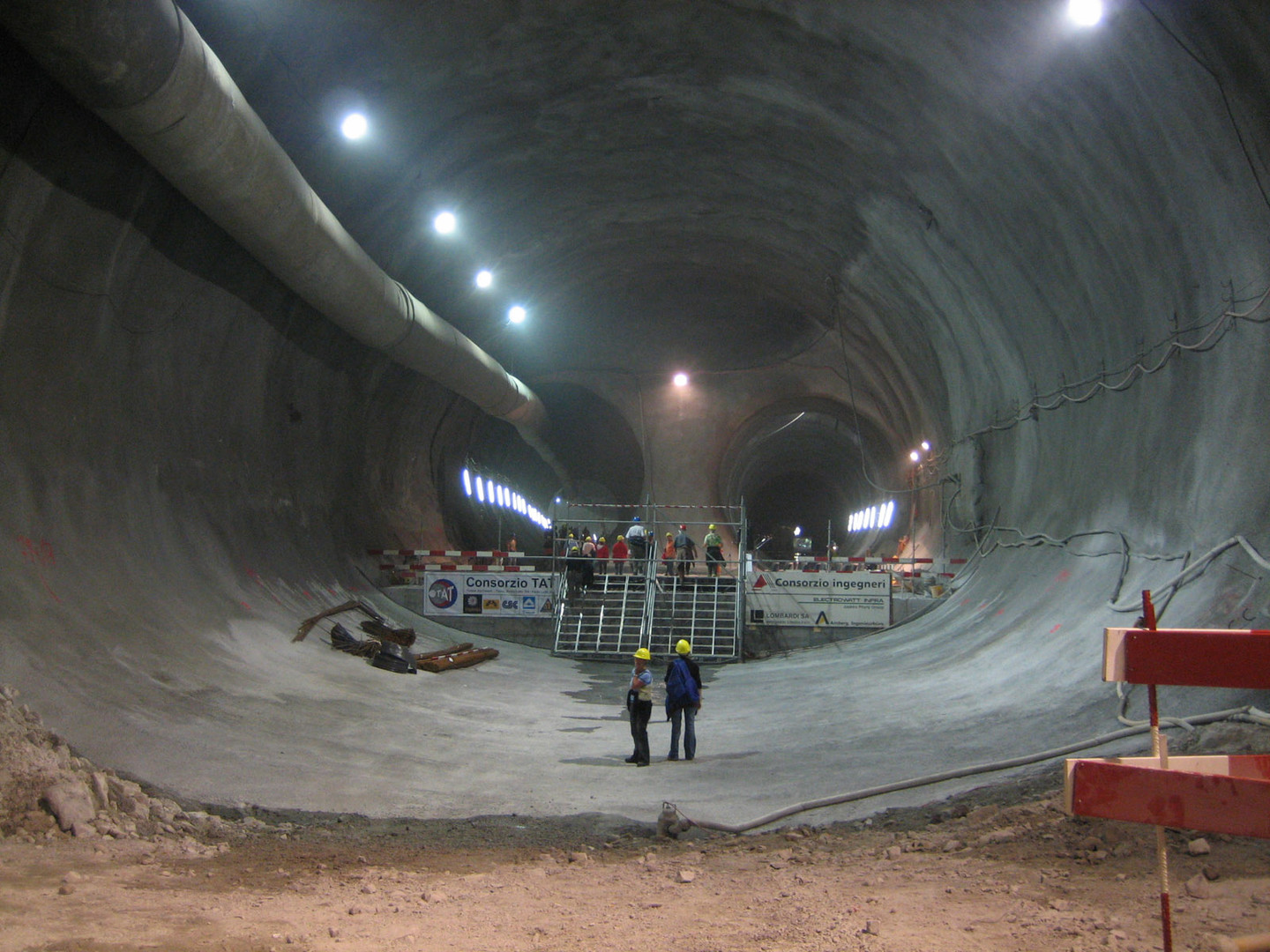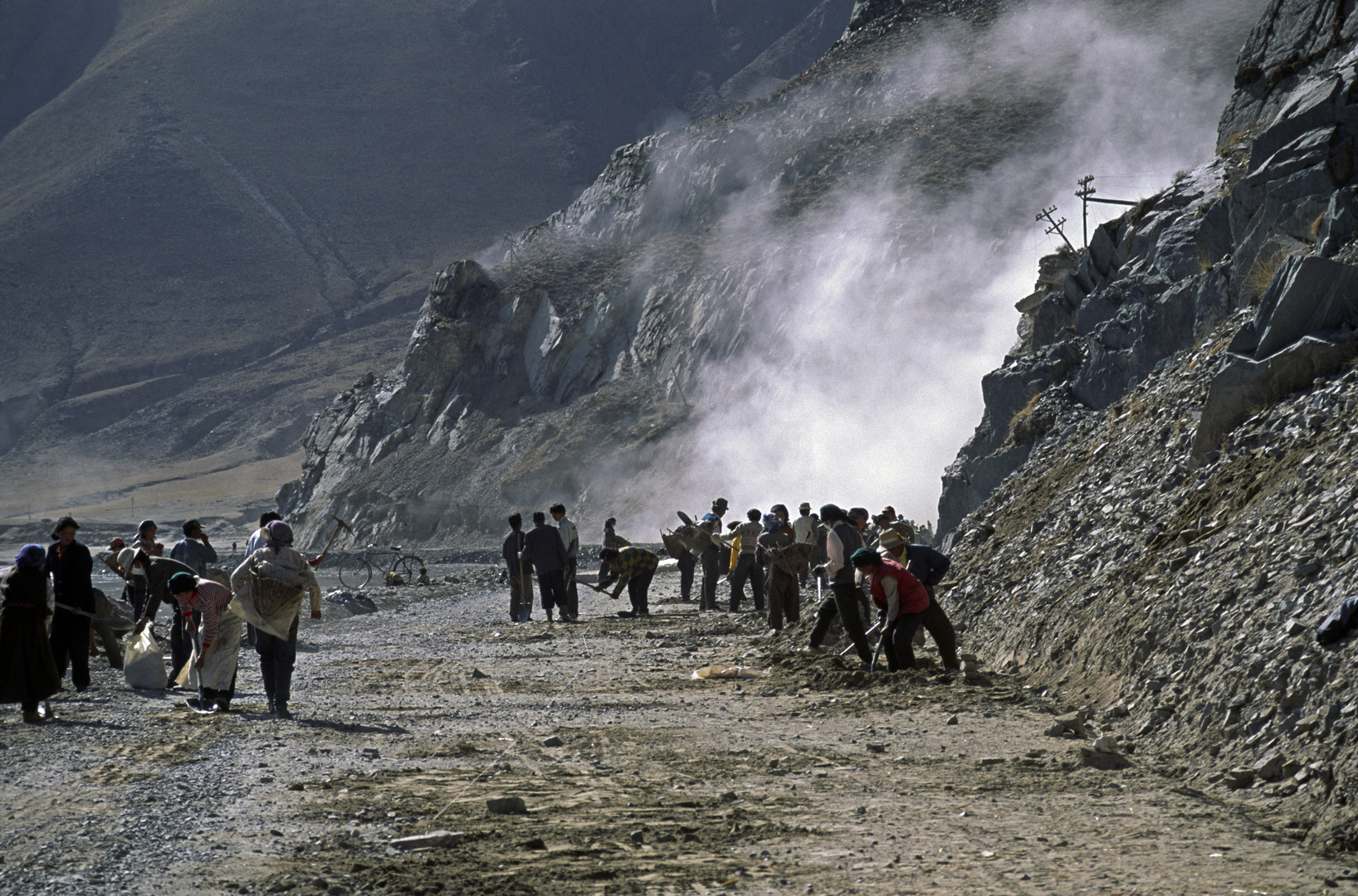Explosive: How brother's death pushed Nobel to the idea of \u200b\u200bcreating dynamite
The debts for those who were not justified by the invention, the perseverance of creditors and a fire that destroyed the house of Shaved Emmanuel Nobel, forced his family to leave his native Stockholm. Nebelle was found in St. Petersburg in 1837. The city on the Neva took the family welcomingly, offered her a new life and new perspectives.
In the Russian capital, the nobeli has established the production of marine mines and lathes, and when they finally got up to their feet, they decided to send their son Alfred to learn abroad. The 16-year-old young man traveled hardly not the whole of Europe, until he was in Paris. There he met the Italian chemist Ascanio Sobero - a man who discovered Nitroglycerin.
Alfred was warned: nitroglycerin - a dangerous substance, at any moment he could explode. But the young man of warning seems to be only pronounced. He wanted to learn how to manage explosive energy, find it useful use. Moreover, the Crimean War (1853-1856), who enriched Nobel's family, was over.
Enterprises that brightened for the military orders of the state, suffered losses, and Native Alfred risked again to remain not with cases. Son duty and ambition of the young scientist motivated him to move forward, and in 1863 his works were rewarded. Alfred invented the detonator with a rattling mercury. Contemporaries considered the achievement of Nobel the largest since the opening of the powder, but it was only the beginning of his path.
According to Professor of the Mining Institute, the NITE MISIS, the President of the National Organization of Blade Engineers Vladimir Belin, "Nobel's detonator is still functional and in its layout is not much different from the modern."
- Alfred Nobel
- globallookpress.com.
- Science Museum
"In the case of powder charges, the person who is ignited is in close proximity. With the help of a detonator, he may be outside the possible defeat, "Belin noted in a conversation with RT. - No need to forget that Alfred Nobel was a businessman. He delayed the development of other industrial explosive substances (explosives) for 20 years. Nobel bought a patent for ammonary-saltrying explosives, which were not as effective as dynamite, but less dangerous. But in any case, all the explosives of the world honor Nobel's memory, consider it the founder of a modern explosive case. "
After some time, a young scientist left St. Petersburg and returned to his native Sweden, where he continued experiments with Nitroglycerin and founded the workshop that changed the life of the family forever.
On September 3, 1864, an explosion thundered in the workshop of the Nobel. Alfred knew about the danger of nitroglycerin, more than once became a witness of explosions and accidents, but even unfortunate experiences did not bring him so much pain. One of the victims was his 20-year-old Brother Emil. The news of the death of his son shook Emmanuel Nobel, he survived the stroke and remained forever to bed. Long burned and Albert, but the pain of loss did not break him down, and he continued his research.
By no case
In a short time, Nobyl managed to find investors who agreed to sponsor his research. Nitroglycerin factories began to appear in different cities. But that's what the explosions came to them, which were worthwhile to workers. More often in the air, vehicles took off, transporting flasks with a chemical. Stories have become details, rumors appeared that created the soil for speculation and panic. Ultimately, Alfred was required. Following all the stages of production of Nitroglycerin, he developed a list of rules that helped protect the process of obtaining a substance and its transportation.
In liquid state, nitroglycerin was still extremely dangerous. Blinding, improper storage or transportation at any time could lead to an explosion. Considering the specifics of the substance, Nobel went to the trick: began to add methyl alcohol into it, thanks to which Nitroglycerin stopped being explosive. But where one door opened, another closed. Return the nitroglycerin explosive power was almost as difficult and dangerous. The process of distillation of alcohol from nitroglycerin could cause an explosion. Trying to make a substance to solid, Nobel came to a revolutionary solution, which led to the creation of dynamite.
Paper, brick dust, cement, chalk, even sawdust - mixing nitroglycerin with these materials did not give the desired results. The solution to the problem was Kizelgur, or, as it is also called, "Mountain Flour". This is similar to loose limestone rock rock, which can be found on the bottom of the reservoirs. Easy, malleable, affordable material has become a response to all Alfred questions.
According to one of the legends, the popularity of Nobel's life, the idea of \u200b\u200busing Kizeligur visited him quite by chance. During the transport of nitroglycerin, one of the bottles of cracked, and its contents resulted in the package made from the Kizelguric cardboard. Nobel checked the resulting mixture to explode. All tests were successful: the mixture was safer than the gunpower and more powerful five times, for which he received its name - dynamite (from the ancient Greek "power"). The name contributed to the commercial success of the invention: first, first, to avoid mentioning the whole world of Nitroglycerin, and secondly, to pay attention to the huge power of the explosive new.
On the wave of success
The rate of dynamite production has steadily grew, and in the next eight years, Alfred opened 17 plants. Nobel explosives helped to complete the work on the 15-kilometer Gothard Tunnel in the Alps and the Corinthian Canal in Greece. Dynamiz was also used in the construction of over 300 bridges and 80 tunnels. But soon, the founder of the business empire began to appear competitors, which forced Nobel to think about the modernization of explosives.

- Gotard tunnel in the Alps
- Wikimedia
Dynamite was weaker pure nitroglycerin, it was difficult to use under water, and with a long storage he lost its properties. Then Alfred came to mind a new idea - if you believe legend, again completely by chance. During the experiments, he cut a finger with glass of a broken flask. The wound was treated by a collodiment - a thick adhesive solution, which, when drying, forms a thin film. Nobel suggested that this substance is perfectly mixed with nitroglycerin. And it turned out to be right. The next day, he built a new explosive - "Hardening jelly", called subsequently the most perfect dynamite.
Truck epoch
In the XIX century, the invention of Alfred Nobel produced a revolution in the mining industry. According to Belin, it was problematic and, most importantly, unsafe, and, most importantly, are difficult to produce minerals with powder charges. The dynamite applied to replace the dynamite applied. But at some point he began to obscure and replaced him with more advanced technologies.

- globallookpress.com.
- Craig Lovell.
"In the Russian Federation dynamite is not applied due to the danger of storage, transportation and applications. Today, the world operates on ammonium-saltryans and so-called emulsion explosives, which have guaranteed and regulated explosive characteristics. With their help, you can do, for example, so that the charge is dangerous during the week. After a certain period, his combat properties are not going to no, "Belin told," and an explosive is transported, but an emulsion matrix. Explosive characteristics are purchased after charging in wells, cameras, leaf, etc.. "
Dynamiz was sometimes used in military affairs, but reluctantly and with caution. The wines of the whole sensitivity of explosives: it could easily explode with improper storage, strip over the bullet or in an artillery projectile.
The editor-in-chief of the Arsenal Fatherland magazine, the colonel of the reserve Viktor Murakhovsky noted in a conversation with RT, which dynamite was practically not applied as an ammunition.
"Such an element, like Troil, and explosives based on it appeared pretty quickly. But for military purposes, the dynamite was not very convenient, "said Murakhovsky. - During the war, it was used except on the stages of engineering work: when the fortifications or, on the contrary, clearing the territories. It is known as an industrial explosive, and not as a military. "
In some countries, dynamines in limited quantities are used to this day. It is released, for example, in Finland and the United States. In the United States, only one company is engaged in production. Dynamite is usually produced in the form of "cartridges" of different sizes filled with plastic or powdered explosive. Still dynamite are used in mountain matter or with the demolition of buildings.
